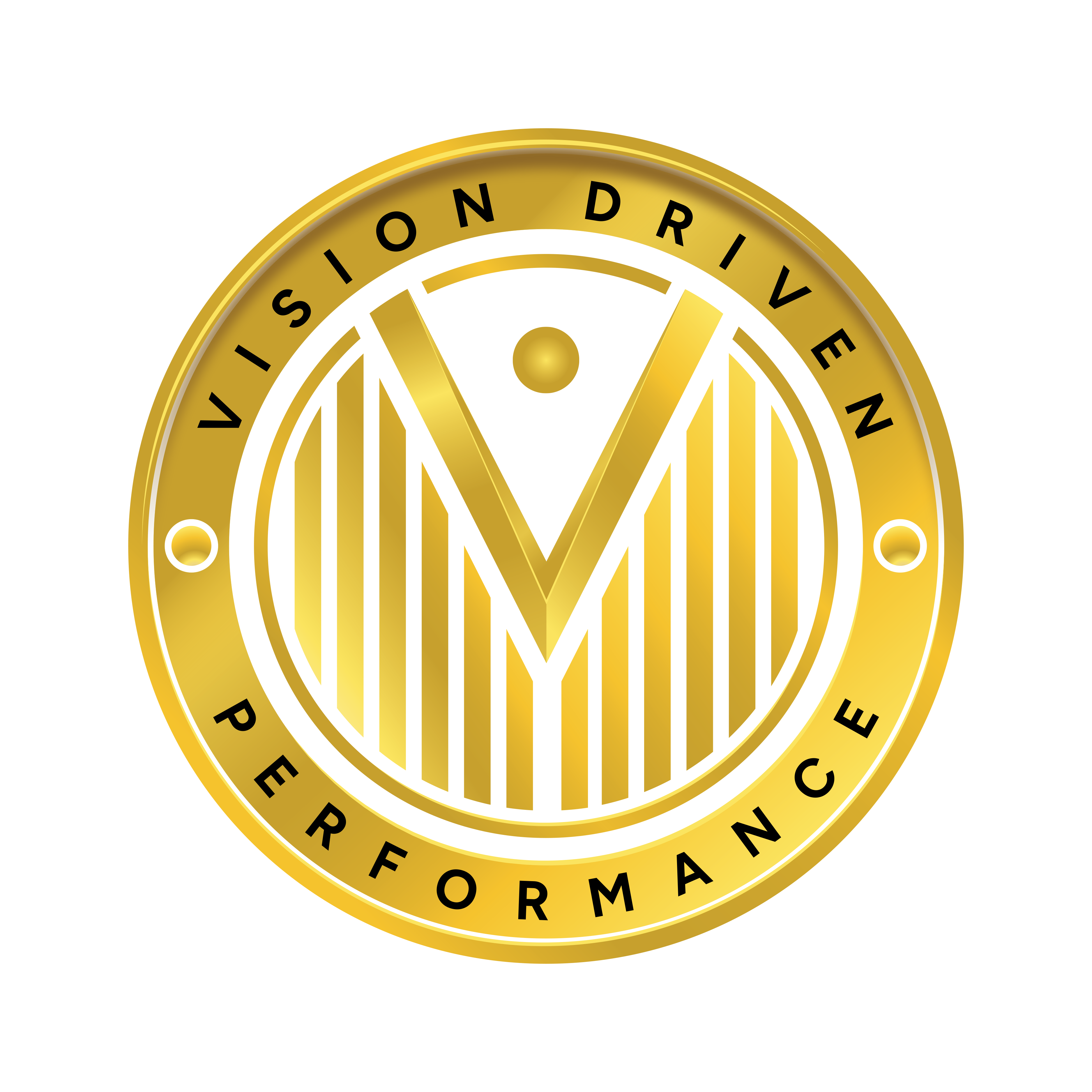The key elements of a strategy typically include…
- Vision and Mission
- The vision articulates the organization’s long-term aspirations and desired future state, while the mission defines its purpose, core values, and primary objectives. These elements provide a strategic direction and guide decision-making across the organization.
- External Analysis
- External analysis involves assessing the organization’s external environment, including market dynamics, industry trends, competitive landscape, regulatory factors, and macroeconomic conditions. Understanding these external factors helps identify opportunities and threats that may impact the organization’s strategy and competitive position.
- Internal Analysis
- Internal analysis focuses on evaluating the organization’s internal capabilities, resources, strengths, and weaknesses. This includes assessing factors such as human capital, infrastructure, technology, financial performance, operational efficiency, and core competencies. Internal analysis helps identify areas of competitive advantage and areas for improvement.
- Strategic Objectives
- Strategic objectives are specific, measurable goals that guide the organization’s actions and decision-making in pursuit of its vision and mission. These objectives outline the desired outcomes, performance targets, and milestones that the organization aims to achieve within a defined timeframe.
- Strategic Initiatives and Action Plans
- Strategic initiatives and action plans translate the organization’s strategic objectives into actionable steps and initiatives. These initiatives outline the specific activities, projects, timelines, and resource allocations needed to implement the strategy effectively. Strategic initiatives ensure alignment across the organization and facilitate coordinated efforts toward achieving strategic goals.
- Performance Measurement and Evaluation
- Performance measurement and evaluation involve monitoring progress, tracking key performance indicators (KPIs), and assessing the effectiveness of the strategy in achieving desired outcomes. This includes collecting data, analyzing results, identifying insights, and making adjustments as needed to improve performance and ensure strategic success.
- Resource Allocation
- Resource allocation involves allocating financial, human, and other resources effectively to support the implementation of the strategy. This includes budgeting, prioritizing investments, optimizing resource utilization, and aligning resource allocation with strategic priorities and objectives.
- Risk Management
- Risk management involves identifying, assessing, and mitigating risks that may impact the organization’s ability to achieve its strategic objectives. This includes proactively managing uncertainties, vulnerabilities, and potential threats to minimize adverse effects on the organization’s performance and reputation.
By integrating these key elements, organizations can develop a comprehensive and cohesive strategy that aligns with their vision, leverages their strengths, addresses external challenges, and guides decision-making and resource allocation. Continuously monitoring and adapting the strategy in response to changing circumstances and market dynamics is essential for driving sustainable growth and success.





